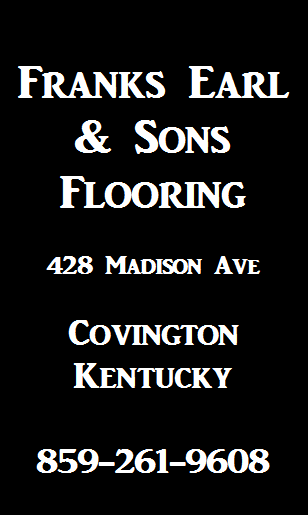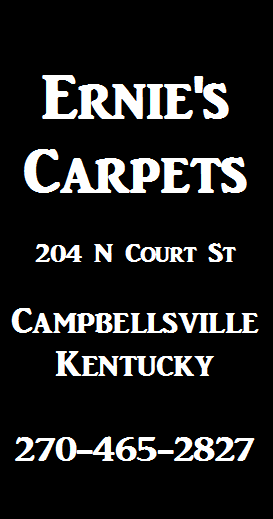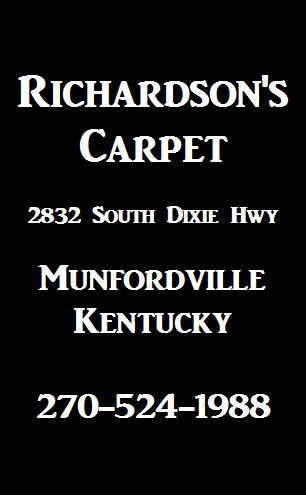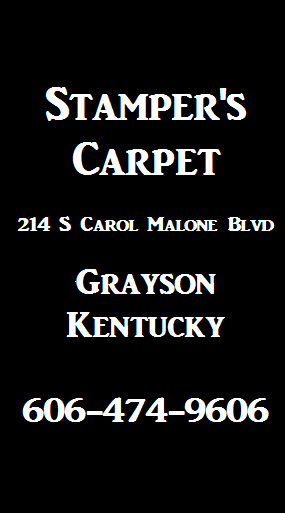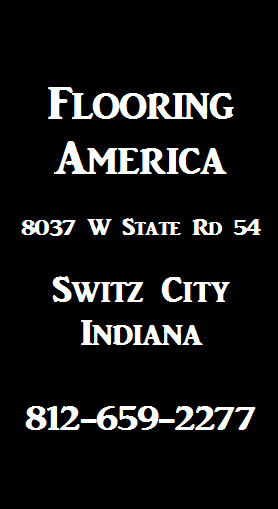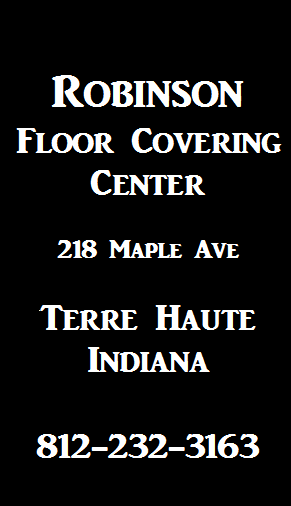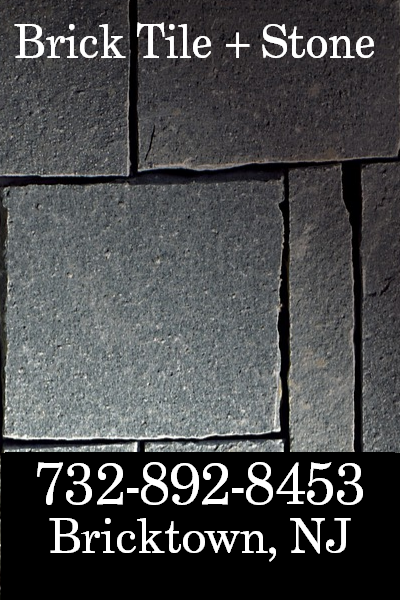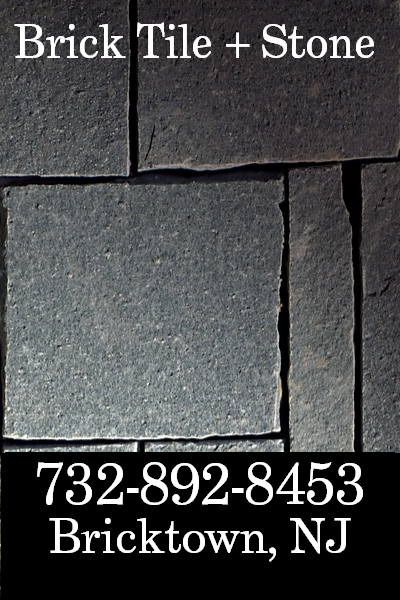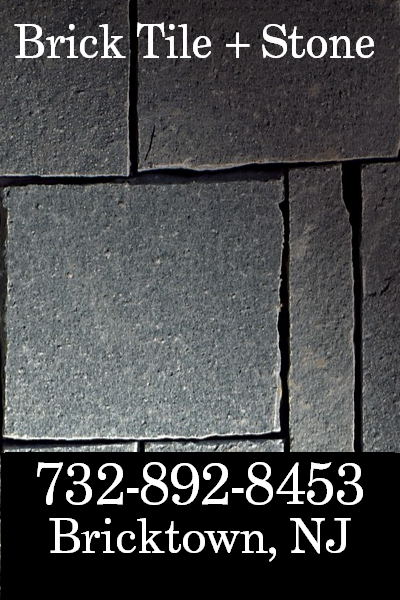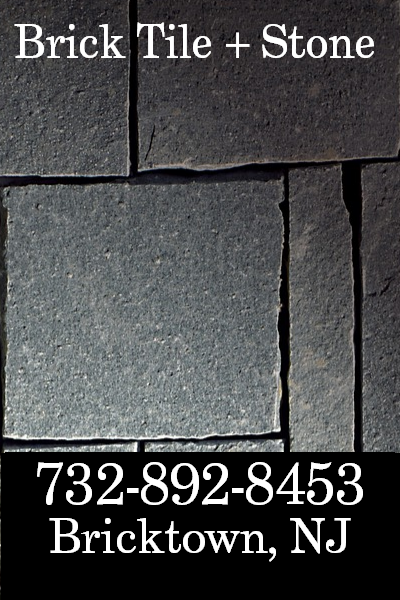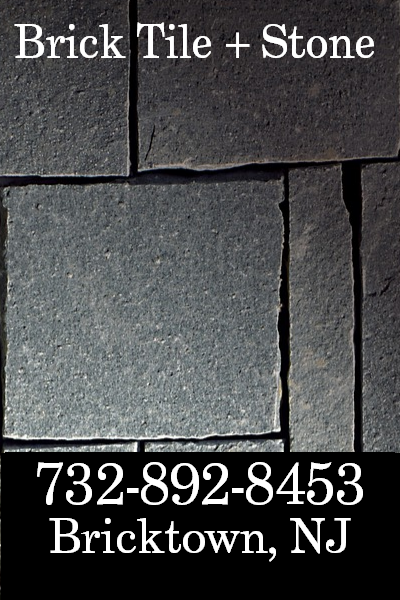
In ancient civilizations, prior to the advent of flooring, the building process worked in reverse. The ground was cleared and levelled off before the surrounding structure was built around the surface. Instead of floor coverings, like area rugs, hay and straw absorbed the impact and provided insulation.
Another known material, which was used to cover the ground and provide a source of padding, were cured animal skins. The coatings of the day were compressed trash and refuse dropped on the ground. It was not an uncommon practice for people in rural areas to share the house with livestock. Waste the livestock left behind was walked over and compressed. Over time, this condensed waste produced a surface, as solid as concrete.
With the advancement of civilization came woven surfaces such as carpet and rugs, which were introduced in 5,000 B.C.
About a century later, baked surfaces such as ceramic tile was introduced in 4000 B.C. In the 12th century, Monks used ceramic tiles to create patterns on cathedral floors.

In ancient India, traditional dirt floors were given a new twist within this region, with the addition of an array of decorative colorful sands. Sands were strewn across the floor, and mixed with rice powder and flower petals for the purpose of randomly tinting and coloring the natural surface of the ground. Sands arranged in intricate patterns and designs were an art form known as rangoli, which was introduced ~ 5000 years ago (3,300 B.C.) with the Indus Valley Civilization and still practiced to this day.
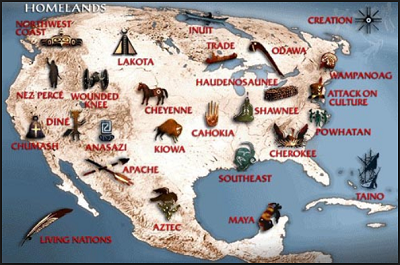
Tribal naitives of North America poured sand across the ground of their structures and graded the surface until level. While this was an effective system in the short term, it proved problemating over time. The sand would collect waste, refuse, and would turn mucky, not much unlike a used litter box, which had to be frequently swept clean of the structure, and replaced with new sand.
There was yet another surface application at the time was to spread peanut and sunflower seed shells across the floor. The oil produced from walking on the surface would coat the peoples feet and then smooth out across the dirt floor, which had a hardening effect on the surface while simultaneously making it compact, stable, and free of unpleasant dust.
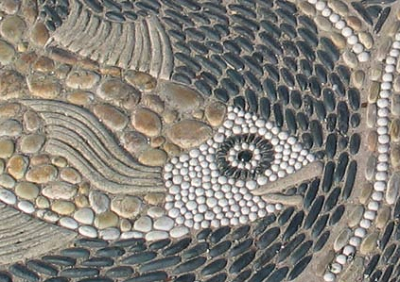
The History of Natural Stone Flooring
Stone construction was first developed in Egypt over 5000 years ago, with the building of palaces and monuments using large bricks of mountain cut material. In fact the pyramids at Giza have some of the oldest still existing instances of natural stone flooring in the world, proving the long term resilience of these surface coverings.
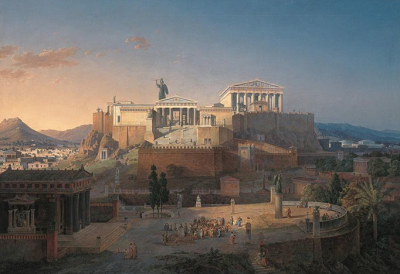
The usage of stone in flooring continued to develop over time, and we have evidence that the Greeks were creating pebble mosaic floors as early as 3000 years ago. These were made by placing hundreds of small, rounded stones into a mortar bed in order to form an image. Eventually they traded pebbles for flat pieces of colorful stone tile.
We see other instances of natural stone materials being used across the ancient world. The Greeks prized marble as a flooring material for its translucent abilities which made the lighter versions of this stone seem to glow in the sunlight. The royal families of the Carthaginian Empire also had a special Turkish marble that they built all of their palaces from as a sign of prestige.

During the Roman Empire the art of natural stone flooring reached a new height of innovation. These masters of architecture were able to design a series of floors that actually glowed with toasty warmth from below. These were the first below surface radiant heating systems.
This process made use of large tiles, propped up on joists, so that a gap was created beneath the surface of the floor. A furnace would then be placed at one end of this gap and lit, while a vent would be placed at the other end. This would draw heat continuously across the bottom of the floor, warming it considerably. These heated floors were used in the homes of the wealthy throughout the life of the empire.
After the fall of Rome, the art of making intricate stone and mosaic flooring was largely lost to Western Europe. While these skills would be preserved to some extent in Byzantium and through the Islamic world, European use of stone flooring was often relegated to scavenging pieces of material from old monuments and palaces that had fallen into disuse.
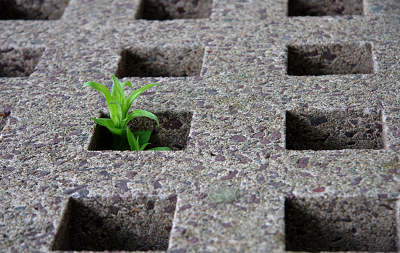
The History Of Concrete Flooring
The word concrete refers to a construction material which is made by mixing cement, an adhesive which is able to harden and set over time, with dense chemically inert aggregate particles, usually comprised of sand or gravel. This is then churned with water in order to create a substance which is extremely hard, easy to mold, and useful for a variety of building applications, including flooring.
The oldest evidence we have of the use of concrete comes from the remains of what is believed to be a concrete mix found in Syria, dating back to 6500 BC. Archaeologists have also found evidence for the ancient use of concrete in sites up and down the Danube river in Yugoslavia dating around 5000 BC.
The oldest, and some of the arguably most impressive remains of concrete construction can be found in Egypt. There, at around 3000 BC they began using a primitive form of concrete that consisted of straw mixed with mud, to create dried bricks for monuments, tombs, and even the iconic pyramids of Giza. They also pioneered the use of lime and gypsum as binding agents.
By 1000 BC the Greeks were setting colorful pebbles and later, bits of flat pottery and stone into concrete floors before they set, to create the first mosaic surfaces. These efforts would grow more elaborate and detailed with time. The use of concrete in flooring and construction reached its pinnacle during the late Roman Republic and throughout the span of the Roman Empire. During this time engineers were able to concoct a concrete mix that used lime, sand, and volcanic ash, along with milk and animal fat, to create a material that is estimated to be as hard as modern, un-reinfoirced portland concrete. This allowed the construction of massive architectural achievements such as the Parthenon.
While concrete construction continued to be used in various forms throughout the Eastern and Middle Eastern World, it was largely lost to Europe after the fall of the Roman Empire. During the Dark Ages and the Middle Ages, European peasants reverted to making primitive mud mixes that produced walls and floors which were not nearly as strong as their Roman predecessors.
The modern age of concrete dawned at the beginning of the industrial revolution with a series of innovations. First, in 1756 a British engineer named John Smeaton added pebbles and powdered brick to the concrete mix as coarse aggregate, in order to make the first hydraulic cement.
Then in 1824 another Englishman named Joseph Aspdin found that burning limestone and clay together changed their chemical properties and resulted in a much stronger material which he named Portland Cement.This is still the dominant cement used in the manufacture of concrete flooring and building materials.
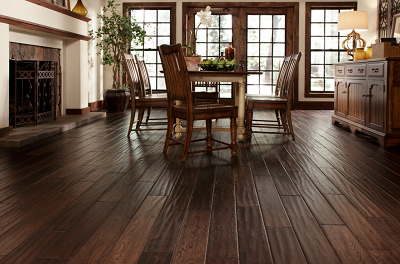
The History Of Hardwood Flooring
In the 16th century, solid hardwood was introduced in europe and asia. Unfortunately, there are few if any direct examples of ancient hardwood flooring as this material tends to decompose over time. However it seems that the labor intensity, as well as a limited amount of resources available, made this a relatively uncommon flooring option for much of the past. In general the rich would use stone and concrete, and the poor would use dirt or hardened refuse.
Our first direct evidence of the use of hardwood as a flooring material comes from the middle ages, when planks were used to make the floors for second story rooms. These two level buildings, called one lofts, were being built because space was increasingly at a premium in the ever crowding cities of Europe, especially London. Hardwood was strong enough to support the weight of a room, without the heavy issues associated with concrete construction.
Originally hardwood flooring would consist of the widest planks possible. That is because the work of levelling out, and then smoothing the surface of the material had to be done by hand, and it was much easier to do it on one, wide plank, then on several thinner pieces of flooring. The average was 1 - 2 feet in length. As hardwood flooring became more popular, wider plank floors were seen as being lower end, with thin, precisely placed planks being the upscale ideal.
Because of the labor intensity, most low and mid grade pre-industrial flooring was taken from old growth trees, which had matured long enough that they had very wide trunks. The irony is that today these trees are actually very rare, and are now considered to be a premium flooring material, because of the amount of time that it takes for them to grow.
The finish on hardwood floors was traditionally rather rough. Stones or pieces of metal could be rubbed over it to try and smooth out erratic patches. However in most cases the floor was just left as it was naturally, and over time as people walked on it the surface would smooth and even out from the constant press of booted feet. No finish was used, although herbs might be crushed into the wood to give it a fresh smell and provide some sanitary benefits.
During the colonial era, the vast resources of the forests of North and South America were suddenly opened up to the world economy. This resulted in a surge in the popularity of hardwood flooring, especially in the colonies where those materials were being harvested. This is the first time this material would start to see widespread use in a flooring capacity.
Steam powered machinery invented during the industrial revolution made wide scale manufacture of relatively even hardwood flooring planks available for the first time. This was combined with the development of a number of varnishes, paints, and color treatment techniques which were being developed to both beautify, and preserve the look of these floors. This eventually led to hardwood becoming the dominant flooring material in the industrialized world.
In the early twentieth century the introduction of inexpensive carpeting and other relatively cheap resilient floors bit heavily into the market share that hardwood flooring had started to enjoy. However there has been a recent resurgence in the popularity of hardwood as a flooring option, due to improvements in sealing and protective treatments, as well as a renewed interest in natural construction materials.
Floor Covering Media publishes Press Releases called Flooring Updates.

Floor Covering Media, a business network serving the floor covering industry, provides readers timely, objective news and information about flooring topics.
Readers may conveniently retrieve this timely, objective news and information at Floor Search.info, which is Floor Covering Media's public search engine.



Why Advertise Here?
Exclusivity!
Attention! Flooring Advertisers and those who have been chosen to represent them! When on the lookout for valued venues visited by flooring buyers and suppliers, consider this effective, refreshingly affordable, alternative. During the months ahead, consider Floor Covering Media for the short list of potential candidates that deliver your message (or your client's message) to it intended target audience.
Measurability!
Test drive the Floor Covering Media advertising managment system; effortlessly tracking advertising response rates of multiple sets of supplied, advetising material; positioned at specified locations either for the duration of the placement or for specified time periods of the placement duration on demand. The advertising tracking system is conveniently reached. Look for the 'My Ad Responses' Profile Page Tab.
Simplicity!
Media planners tasked to located flooring focused, promotional resources are provided with a unique solution, which assures them that their promotional messages get the attention they deserve, as they are viewed by those exploring the market for flooring. Let your message align buyers and suppliers at the point of purchase. Buyers and suppliers could be accommodated on demand at Floor Covering Media.




Advertisements are placed in designated areas throughout the Floor Covering Media Website. Advertisements are empowered with special functionality, which enable would-be-buyers to reach the advertiser profile page, which is the landing area for prospective buyers exploring our market. The profile page is a hub for linking functionality and response tracking of promotional messages:
- Linking Functionality serves to empower browsers of would be buyers, whose curiosity is piqued by the creative, compelling promotional message in Advertiser’s Advertisement, to be transported from that Advertiser’s Advertisement to that Advertiser’s Profile Page.
- Click-Through Functionality serves to empower browsers of would be buyers, whose curiosity is sustained when visiting the Advertiser’s Profile Page, to click through from the Advertiser’s Profile Page to both their Internal Documents and their External Websites; once the Advertiser placing the Advertisement properly sets up Profile Page to enable links, which ultimately empower the would be buyers to satisfy their sustained curiosity.
- Response Tracking Functionality serves to empower browsers of member advertisers seeking to measure impact of their advertising message by transporting advertisers from link provided on their Profile Page to area of the site, which would conveniently display a calendar of an advertisement’s Click-Through Activity for the day, week, month and more.
Those would-be-buyers, responding to the promotional message, displayed in the advertisement, click on the link in the advertisement, which directs their browsers from the promotional message to the advertiser’s profile page, which is the landing area for respondents; seeking to learn more about: the advertiser, their organization, products, accessories, services, press releases and their external Websites. The profile page serves those professionals seeking background information. Post links leading to job campaign portfolios, resumes and cover letters, for those considering a career transition within our industry or those in pursuit of a career change from another industry. Employers, hiring executives and employment agencies could benefit during candidate searches.
Linking functionality, from profile page hub, is virtually limitless within the confines of our industry. Advertisers post internal links on their profile pagefor the purpose of promoting their organization, its image, their family of products and workforce background information. Internal links redirect browsers from the advertisement through the profile to the documents reached from profile page. External links redirect browsers from the advertisement through profile to Website reached from profile page for the purpose of building additional traffic volume to websites serving our industry.



























